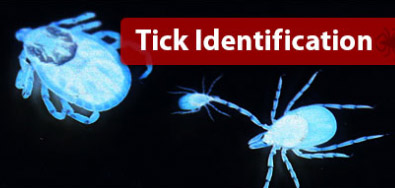
Tick-borne illnesses are a threat to game bird producers, preserve operators and other outdoor users. Through the end of 2016, a research partnership between the Bay Area Lyme Foundation and Northern Arizona University seeks the public’s help to study the spread of such diseases, as well as the distribution of different tick species.
Citizens coast to coast are invited to send the university ticks that have either bitten them or been found on the prowl for their next meal.
Researchers will extract DNA to check for pathogens including the bacteria that cause Lyme disease, Rocky Mountain spotted fever and tick-borne relapsing fever.
Results will be used to create a map of tick distribution and disease risk in North America, which physicians can use as a guide when assessing and treating patients.
The tick can be dead or alive, but ideally collected less than 72 hours prior to sending. Simply put the tick in a small Ziploc baggie with a moist cotton ball or piece of wet paper towel. If you have access to a small vial and alcohol, you can use that instead.
Put the baggie and tick-testing information form (available online) in a small padded envelope and send it in. While it is helpful to know the type of tick you submit, it is not necessary.
Researchers will check for a variety of tick-borne pathogens (depending on which diseases that particular type of tick is known to carry) using highly accurate qPCR DNA-based tests, and you will be notified via email of the test results, typically within 21 days. The testing is free.
For more information, visit http://www.bayarealyme.org/.


